The Story of the Ismar Littmann Family Collection
Our March 5 sale of 19th & 20th Century Prints & Drawings will feature Property from the Ismar Littmann Family Collection of German Expressionism and European Avant-Garde. Director of Prints & Drawings, Todd Weyman, recounts the family’s storied collecting history in an introductory essay for the catalogue.
Ismar Littmann
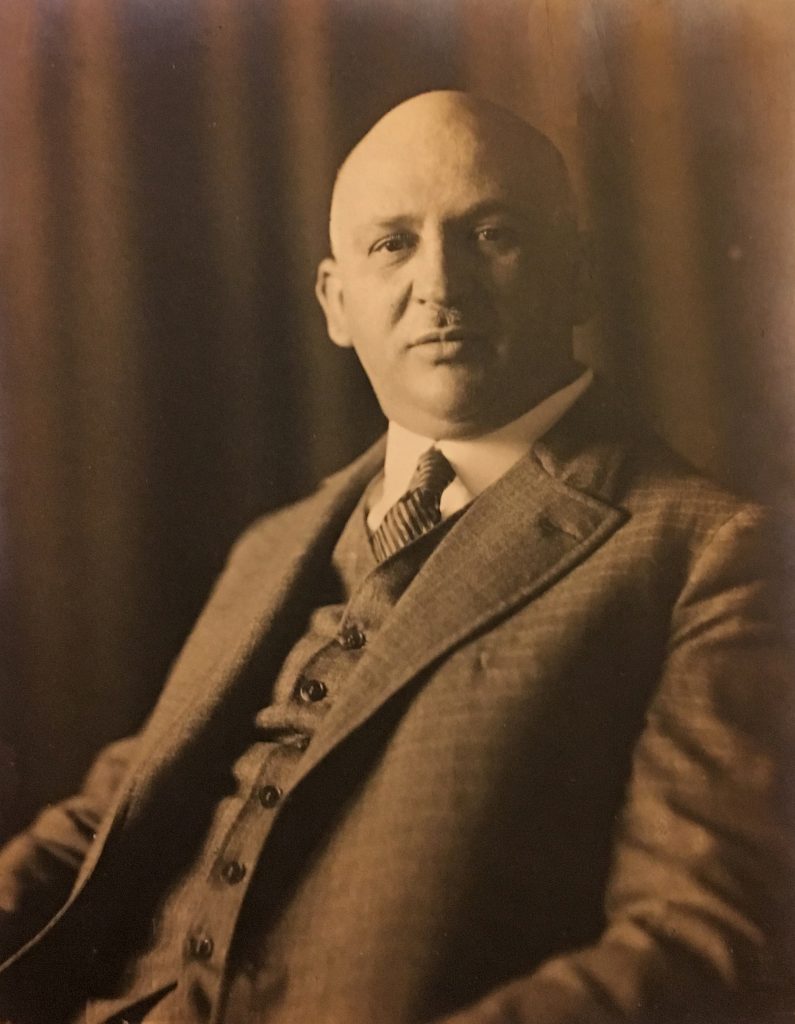
Few collectors in Breslau during the early 1900s had a passion for connoisseurship, collecting and the visual arts equal to Ismar Littmann (1878-1934). Born in Gross Strehlitz, Upper Silesia, between Breslau and Kraków, Littmann completed doctoral studies of law in 1902 and several years later settled in Breslau where he established a legal practice. As his business grew over the next decade and he became enmeshed in Breslau’s art scene, Littmann began acquiring art with an unabated intensity from the late 1910s to the late 1920s. He married Käthe Frankel in 1907 and partnered with the lawyer Max Loewe to establish the firm of Littmann and Loewe around 1921.
By the end of the 1920s, Littmann had amassed a collection of more than 6,000 works of art, incorporating some 300 oil paintings, 50 major watercolors and the remainder (more than 5,500 total), predominantly works on paper, including prints and drawings. His pursuit, aside from an unbridled enthusiasm for collecting, appears to have been ultimately to establish a permanent public collection for many of his works. Though he lent some to significant exhibitions in Breslau in 1929, 1930 and 1933, and was a co-founder of the Breslau Jewish Museum, his vision for a public collection went unfulfilled, halted by the Nazis’ rise to power and his ensuing personal misfortune.
Breslau Academy of Fine and Applied Arts
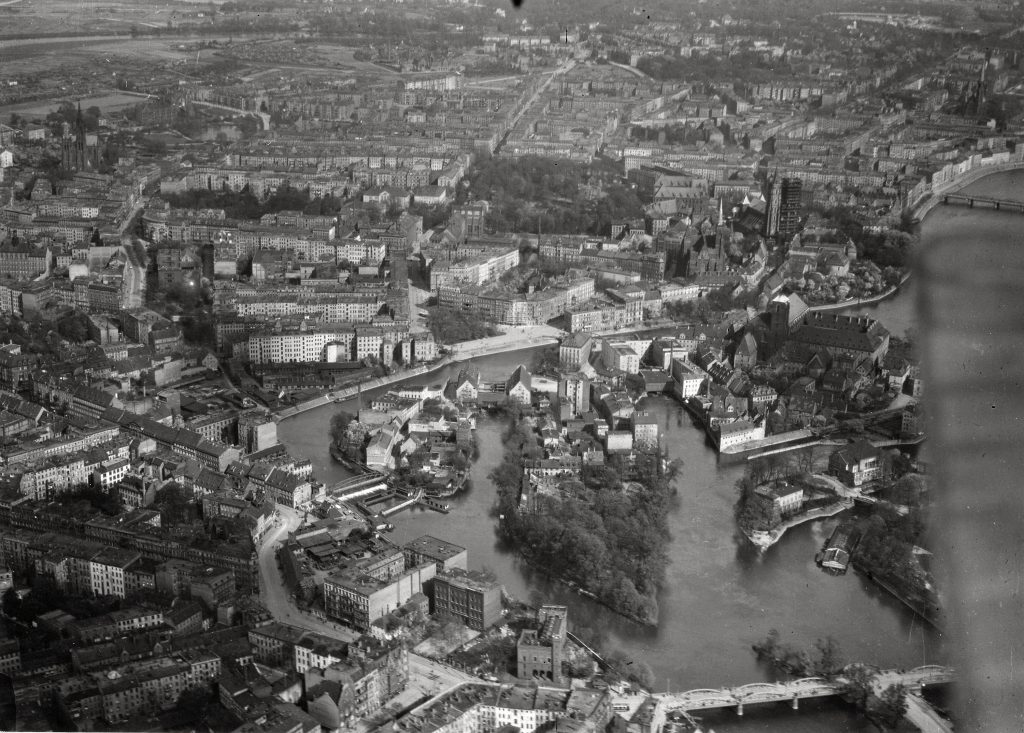
In the early twentieth century, Breslau (now Wroclaw Poland) was a rapidly expanding, Eastern Europe and among the strongholds of left-wing liberalism during the late German Empire; it boasted a nearly tripled population between 1860 and 1910. At the time Littmann was collecting, the artistic, creative and intellectual center of the city was the Breslau Academy of Fine and Applied Arts. Now largely forgotten, at the time it was a Weimar-era arts institution that rivaled the Bauhaus.
While many fine art academies in Europe underwent ideological shifts during the early 1900s, influenced by the growth of a myriad of modern art movements—Fauvism, Cubism, Futurism, Constructivism and Suprematism—curriculum at the Breslau Academy continued along a traditional course, without dismissing modernity. Studio instruction was based on the varied individual interests of each instructor, and art students were taught to seek beauty in both historical and contemporary approaches to their work. By maintaining a process of teaching art (and architecture) with a strong historical basis, and still embracing the contemporary, individual artistic views of teachers and students, the Breslau Academy was among the most avant-garde art institutions of the 1910s and 1920s. It was distant enough from artistic epicenters such as Paris and Berlin to maintain an independent spirit, yet not so far as to be relegated as a backwater. The Academy became a magnet for fiercely individual artistic instructors and students alike.
Otto Mueller
Among these instructors, and a standout and stalwart of individual artistic expression, Otto Mueller (1874-1930) had a clear impact on Ismar Littmann as a collector and patron of the arts. Like many other Breslau instructors, Mueller came to the Academy to pursue his own unique vision. He was born in Silesia, like Littmann, and studied at the Academy of Fine Arts in Dresden before continuing on to Munich, where he trained in the late 1800s and eventually left after Franz von Stuck, the Munich academy’s director, classified him as untalented.
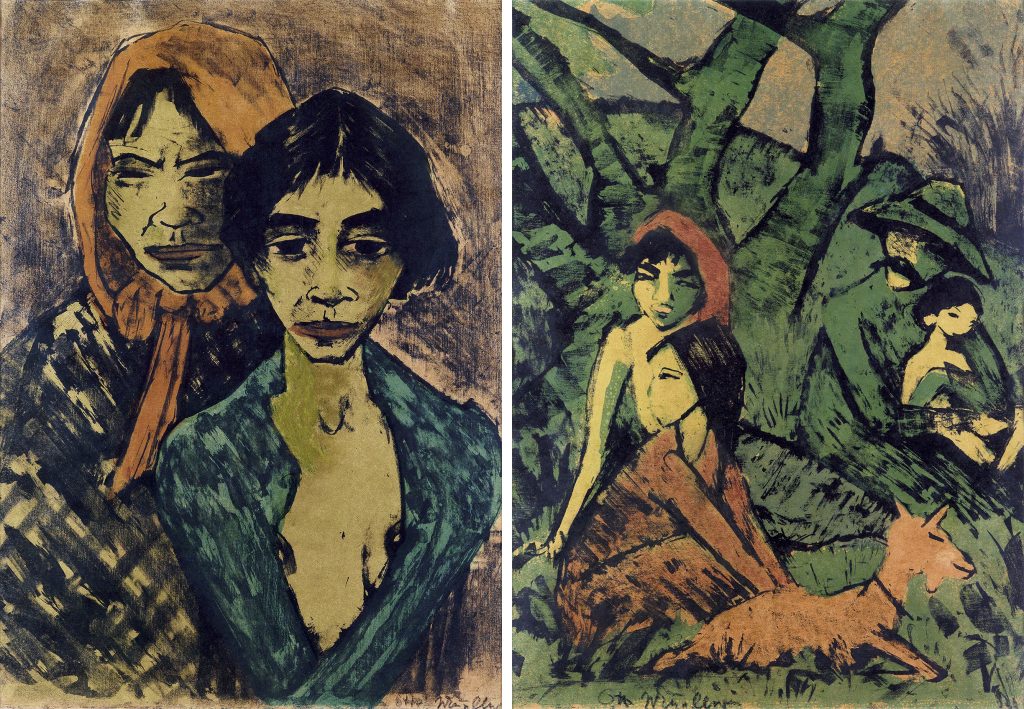
(Left) Lot 112: Otto Mueller, Lagernde Zigeunerfamilie mit Ziege, color lithograph, 1926-27. Estimate $30,000 to $50,000.
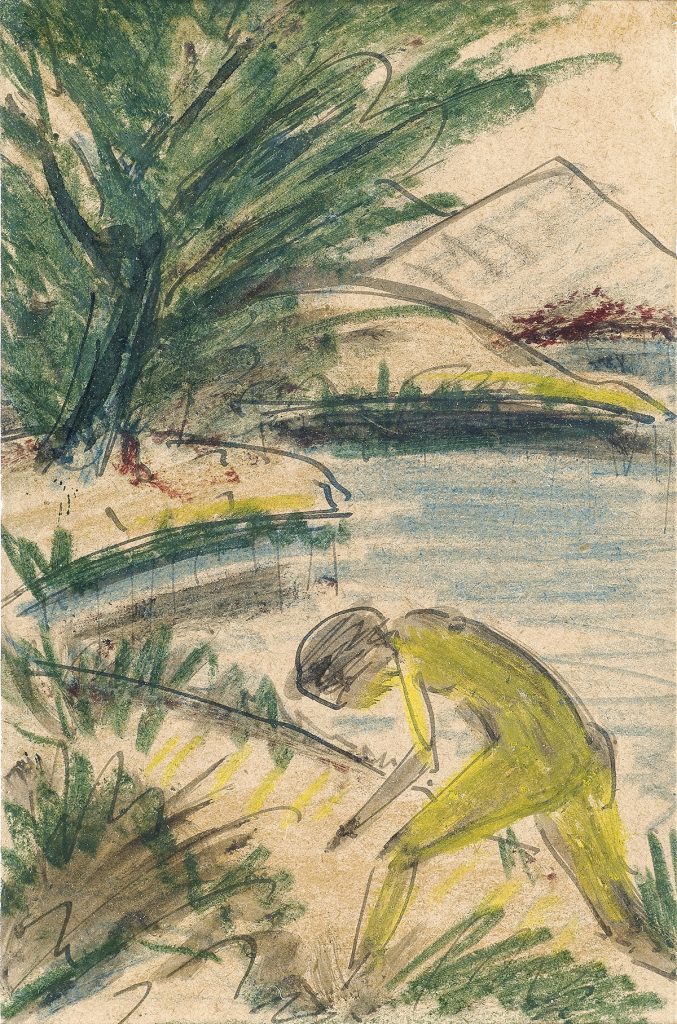
Estimate $20,000 to $30,000.
Mueller flirted with various artistic movements, like Impressionism, Fauvism and Expressionism (he was a member of Die Brücke from 1910-13 while he lived in Berlin), though he later abandoned associations with artistic movements to develop a unique, lyrical style emphasizing a harmonious simplification of form, color and contours, in which human figures blend with nature. He was an instructor at the Breslau Academy from the late 1910s until his death in 1930.
According to Barnstone, “Mueller was, by all accounts, passionate, uncompromising, and radically independent,” while the German art historian Herbert Wentscher wrote that, “Mueller believed in the ‘incorruptibility of his artistic work’ and its ‘absolute quality’ and that Mueller ‘remained true to himself to the end,’” (Beyond the Bauhaus, Cultural Modernity in Breslau, 1918-33, Ann Arbor, 2016, page 181). Littmann prized Mueller’s individuality and owned many works by the artist, including oil paintings, two of his most important color lithographs, as well as more personal items like the watercolor on
The Collection
Littmann’s support and friendship with many of the other art instructors at the Breslau Academy
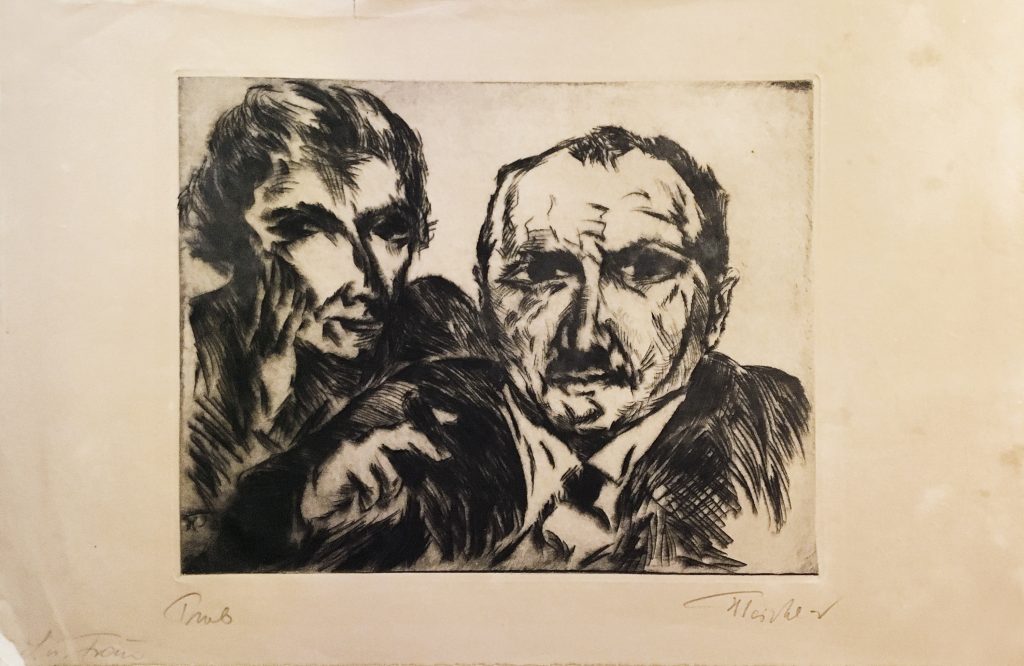
His contemporaries in the collectors market were purchasing predominately French Impressionists, Old Masters and modern works by artists such as Pablo Picasso, Henri Matisse, Georges Braque
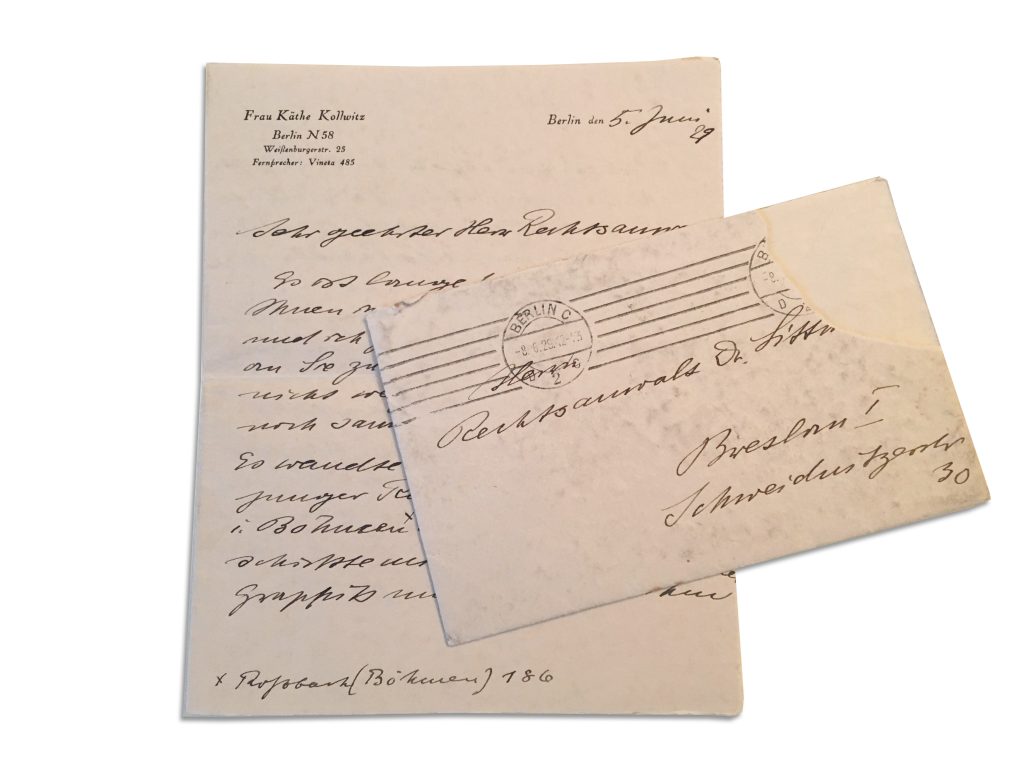
Littmann acquired much of his art directly from the artists, seeming to use his purchases as a form of direct patronage at a time of significant economic challenge for many German artists. Because of this practice and due to his close friendships with many of the artists, he would frequently purchase multiple pieces from a single artist, such as Lovis Corinth (from whom he acquired in excess of 600 works), Otto Mueller, Käthe Kollwitz, Heinrich Tischler and Max Pechstein. Littmann’s collecting was almost fiercely German: even the many French
Despite this, both he and his collection were nonetheless vilified by the extreme-German nationalist Nazi regime. As noted in Beyond the Bauhaus, his prolific but short collecting career (he only collected for just over a decade) meant he was averaging approximately one purchase a day. He even acquired multiple impressions of the same woodcuts, lithographs and etchings. Remarkably, many of the artists Littmann acquired are still relevant today, speaking to his prescience as a collector.
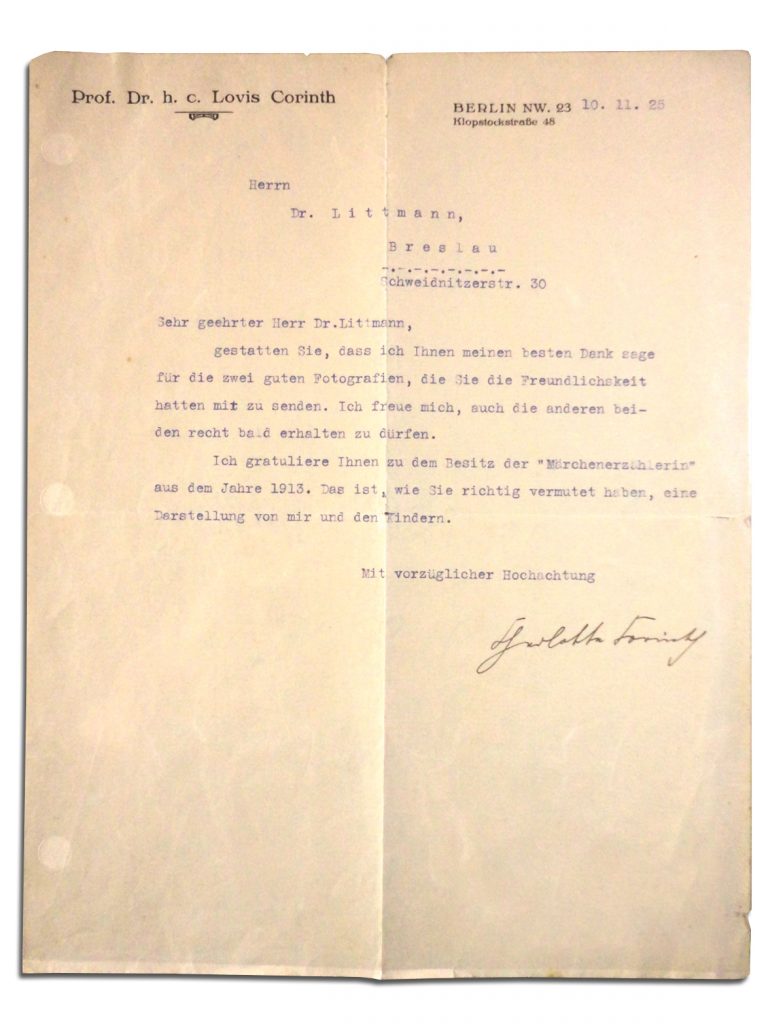
In 1929, Littmann began to lend out some of his collection, which, he reflected in a letter to Professor Hintze of the Breslau Museum, was an important undertaking for him. Along with fellow Breslau collector Max Silberg, he co-founded the Breslau Jewish Museum, incorporated in 1928 and opened in February of 1929. In many ways, the philosophy of the museum echoed that of the Breslau Academy: a dedication to studying the historical experience of the Jews, especially from the region of Silesia, while simultaneously celebrating the modernity of the community. Littmann loaned a portion of his own collection to the museum.
Between the years of 1929 and 1933, Littmann worked frequently with Karl Masner, Director of the Silesian Museum of Art, to which he lent numerous works.
Following Germany’s severe economic fall of the late 1920s and early 1930s, Littmann’s business and finance also took a sharp plunge. On April 7, 1933, the Nazi’s Law for the Restoration of the Professional Civil Service was signed, forcing Littmann to curtail his practice and suffer boycott by his clientele for being a Jewish lawyer. Due to Nazi contempt for Modern art, especially that produced by Jewish artists or owned by Jewish collectors, Littmann’s holdings were precipitously devalued. The combined financial and personal losses, as well as the overwhelming persecution of his faith and culture by the Nazis, led him to commit suicide on September 23, 1934.
In many ways, the prosperity and success of Littmann and the Breslau collectors echoes the rapid cultural rise there and decline of Breslau in the 1920s and 1930s. Between the late 1880s and 1910, Breslau had become recognized for its assimilated, diverse community of both Orthodox and Reform Jews, Protestants and Catholics. As in the rest of Germany, the economy of Breslau crashed in 1929, and when Adolf Hitler spoke in Breslau in July 1932, he attracted an overwhelming 16,000 listeners. The backlash to the economic demise of the city was intense. When only decades earlier considered one of the more liberal centers of Europe, in 1933 Hitler received 43% of the votes in Breslau, the third-highest victory for the Nazi party. Despite the turbulence both politically and culturally, the arts in Breslau flourished until the early 1930s, when the first concentrated wave of Gestapo actions against Jewish and Polish citizens began. By the end of World War II in 1945, only 200,000 people, less than a third of the original Breslau population, remained in the devastated city.
Restitution
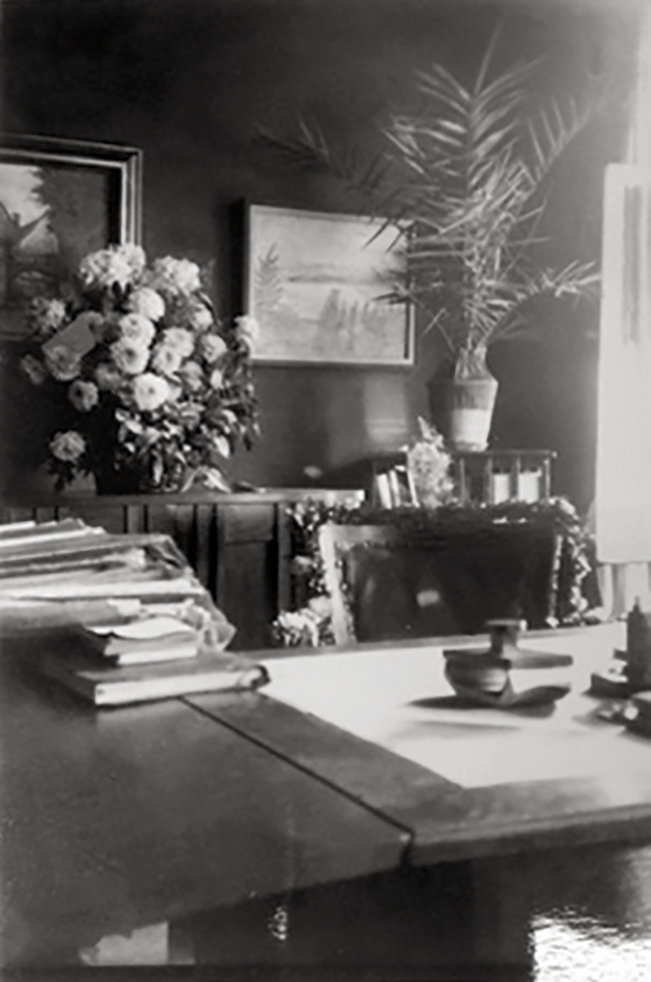
As with much of the Nazi-looted art from World War II, collections were dispersed without record or respect. Littmann’s widow, Käthe Littmann, consigned 156 artworks to an auction house run by Max Perl in Berlin in order to raise funds to emigrate. However, just days before the sale, the Gestapo seized 64 of the artworks. Eleven of the works were acquired by Dr. Eberhard Hanfstaengl for the Berlin National Gallery and the rest were photographed and then burned. Four Littmann pieces were in the Nazi Entartete Kunst (or Degenerate Art) exhibition at Munich in 1937, one of which was Otto Mueller’s Boy in Front of Two Standing and One Seated Girl, which was finally returned to the Littmann family in 1999.
Much of the collection was ultimately lost, though Littmann’s eldest son Hans was able to immigrate to the United States with a portion of his father’s collection in 1934. These works, along with additional pieces sent later by Littmann’s widow, have since remained with the Littmann family. Swann Auction Galleries is very pleased and honored to have been trusted with the historic offering in this auction of a selection of Property from the Ismar Littmann Family Collection.
Highlights from the Collection
View the full catalogue or download the Swann Galleries app.
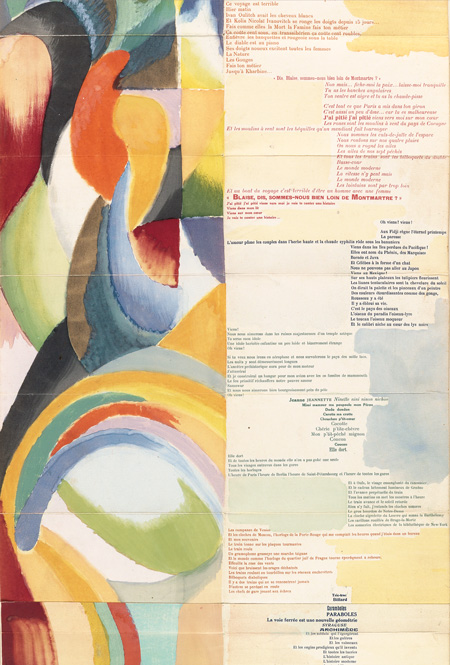
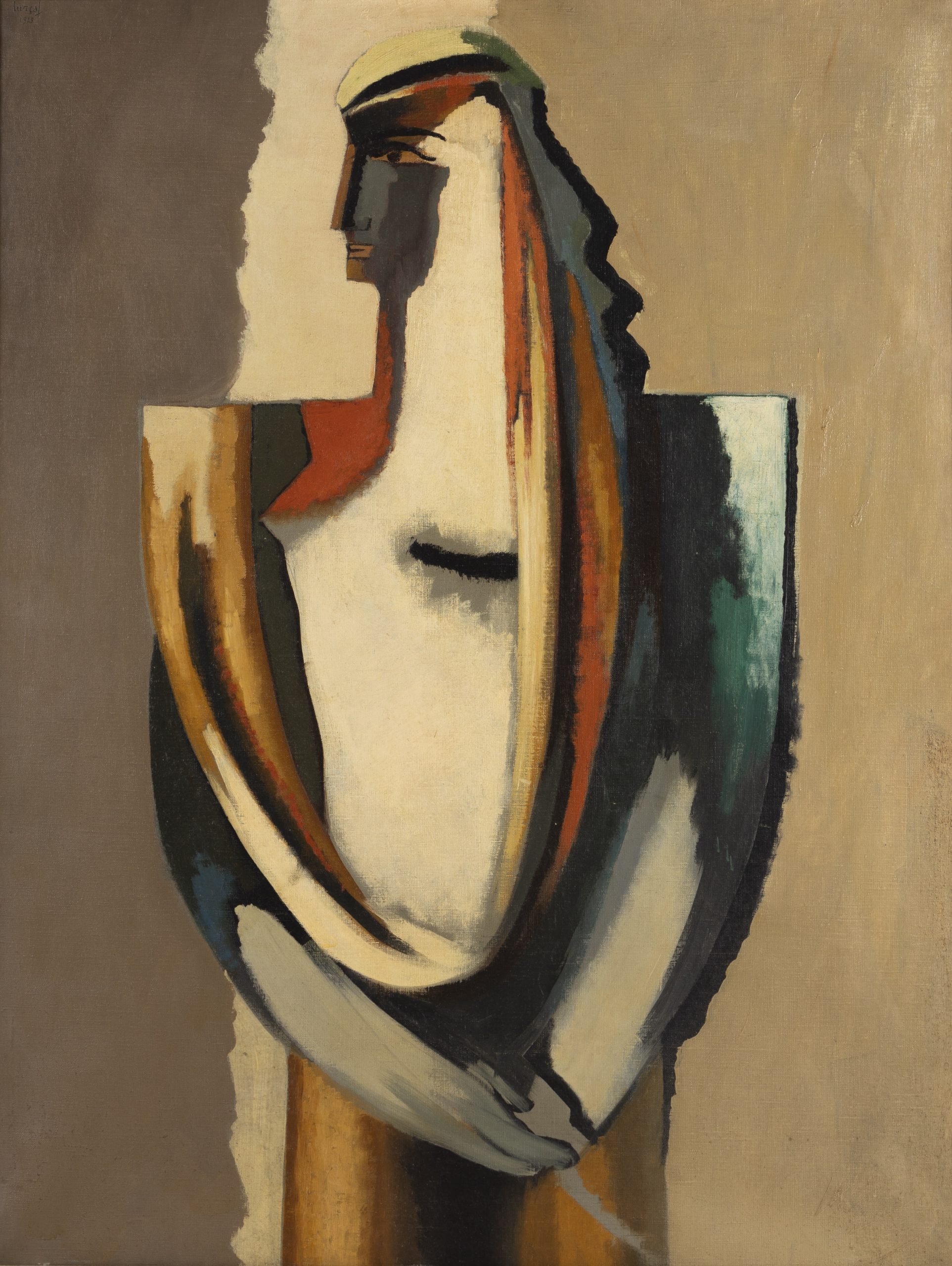
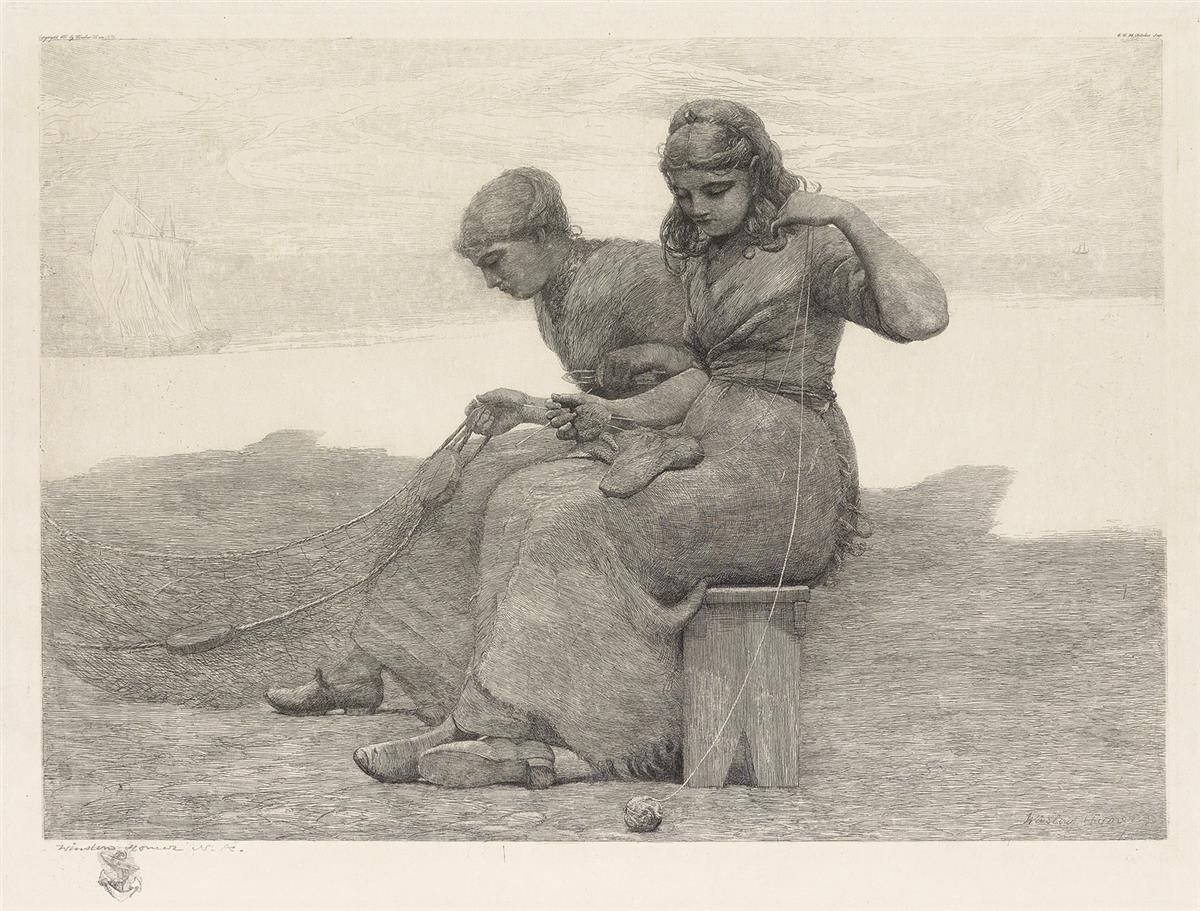










![Grace Meschery-McCormack shares about two copies of Fernando de Rojas’s ‘La Célestine,’ including a limited edition copy illustrated by Pablo Picasso.
At auction April 22. Learn more about the works at the link in our bio.
#Rarebooks #rarebookdealer #antiquarianbooks #auctions
_______________________________________
Music Credit:
Schubert - Piano Quintet in A major ‘The Trout’, D. 667 - IV. Andantino – Allegretto
Music provided by Classical Music Copyright Free on Youtube [https://tinyurl.com/visit-cmcf]
Watch: • Schubert - Piano Quintet in A major ‘...]](https://scontent-iad3-1.cdninstagram.com/v/t51.75761-15/491443494_18499096345036585_5935932878956098058_n.jpg?stp=dst-jpg_e35_tt6&_nc_cat=107&ccb=7-5&_nc_sid=18de74&_nc_ohc=OlBShB8qEWAQ7kNvwHbrXqd&_nc_oc=Adn09Fh3YL-11OkpQcrYGgFN9beLpm0IfGUn2bwN7iJs6d4v8qMeP8kSYmCw82y2ewU&_nc_zt=23&_nc_ht=scontent-iad3-1.cdninstagram.com&edm=AM6HXa8EAAAA&_nc_gid=tAw7REYwZZLTJH2gYFDRIA&oh=00_AfFntE5BpdhgoGI95lZi2PLq4mMH4VrDzFOq34kH3ACHug&oe=681B8F91)




